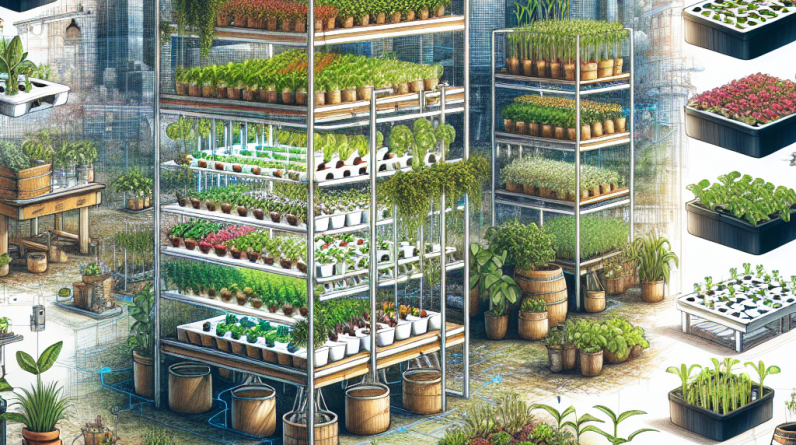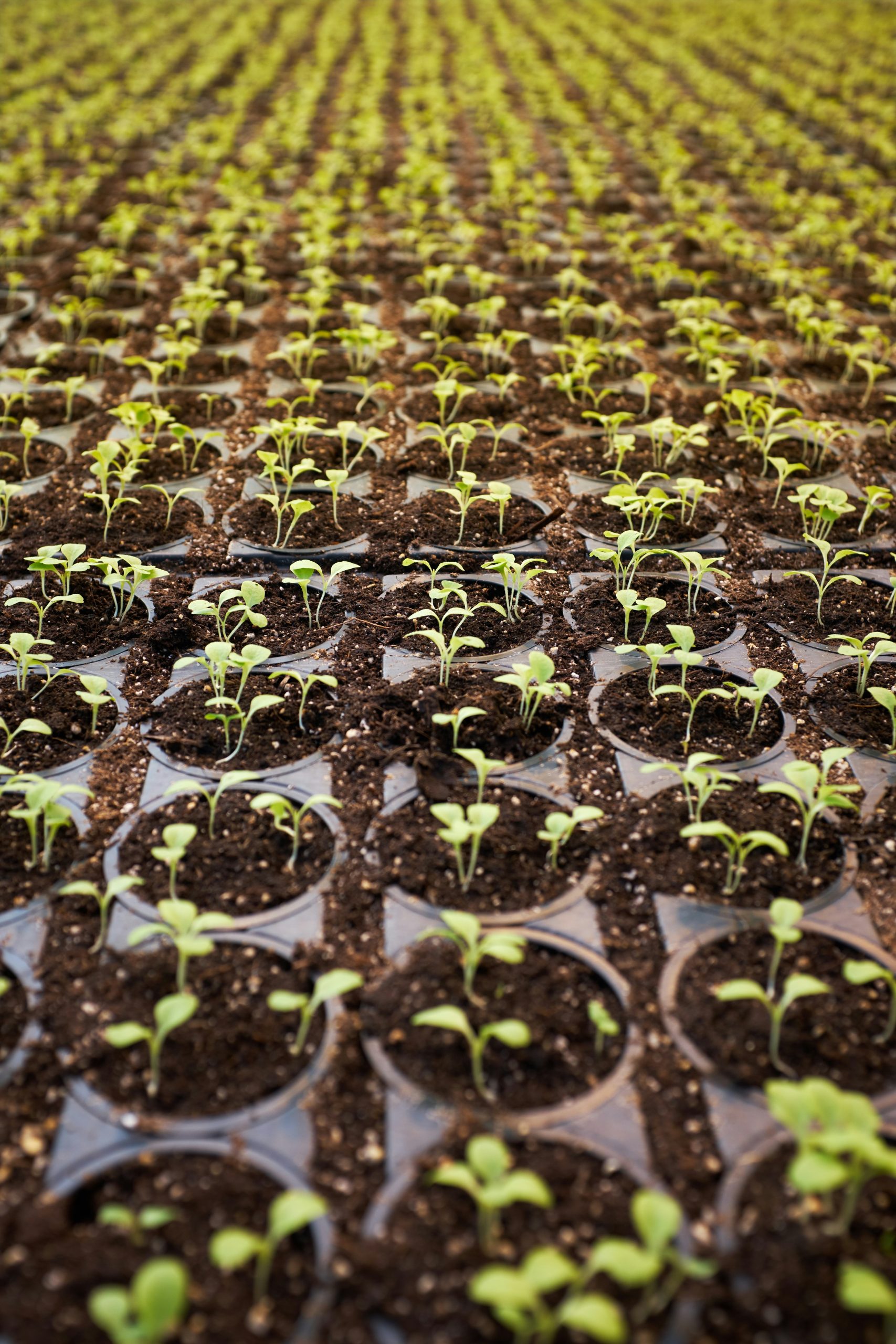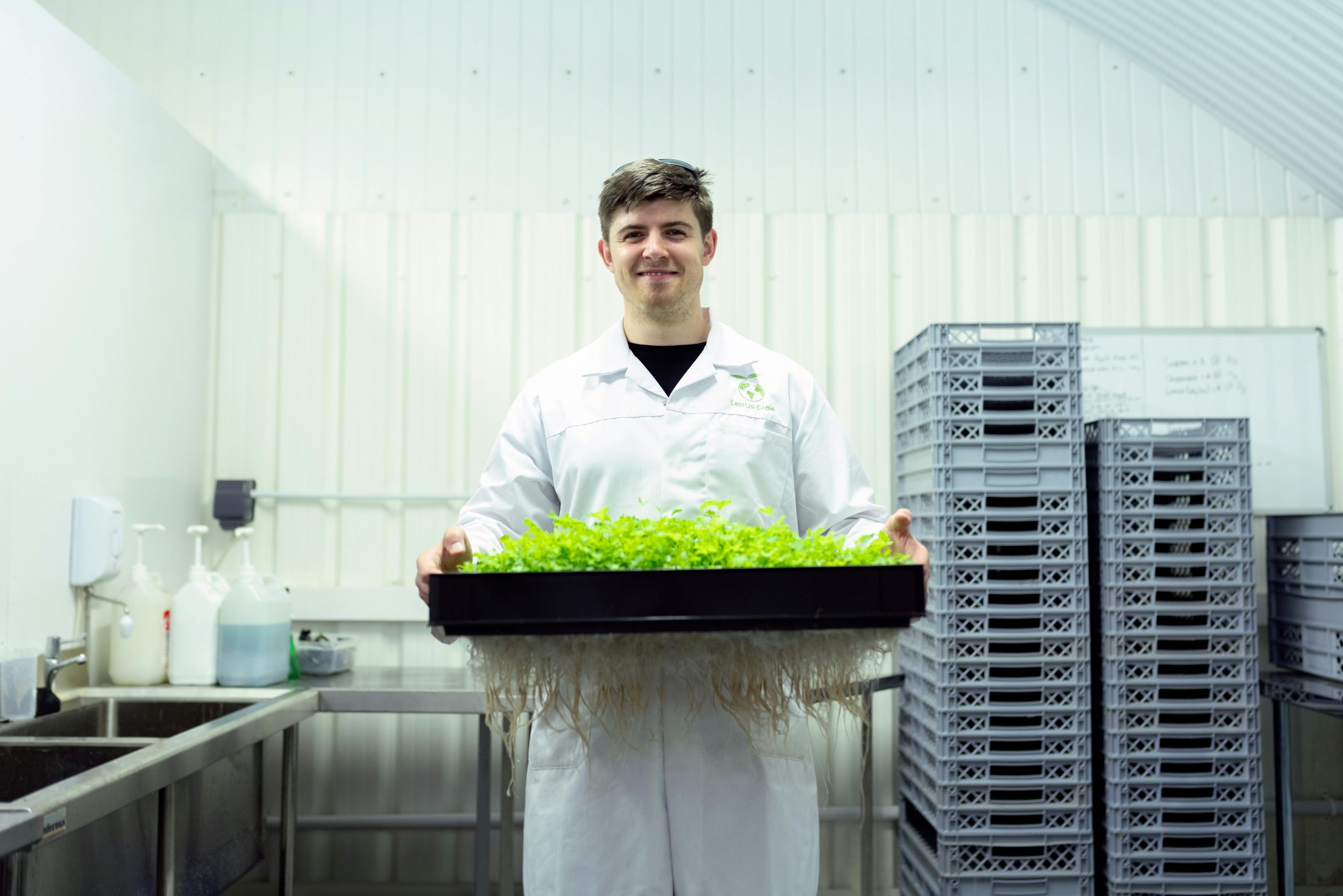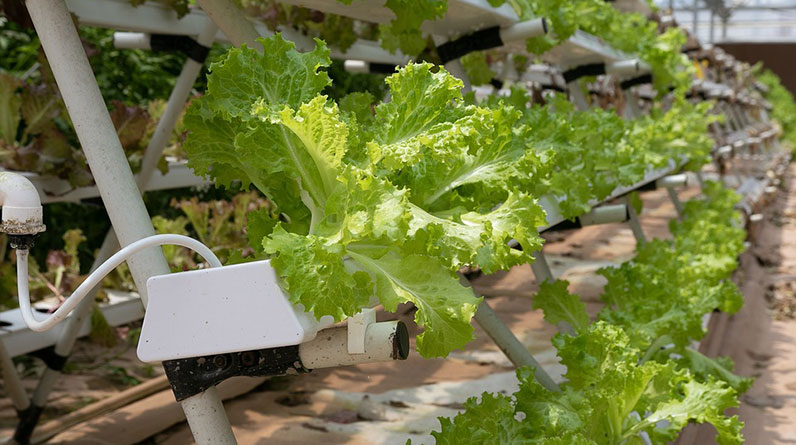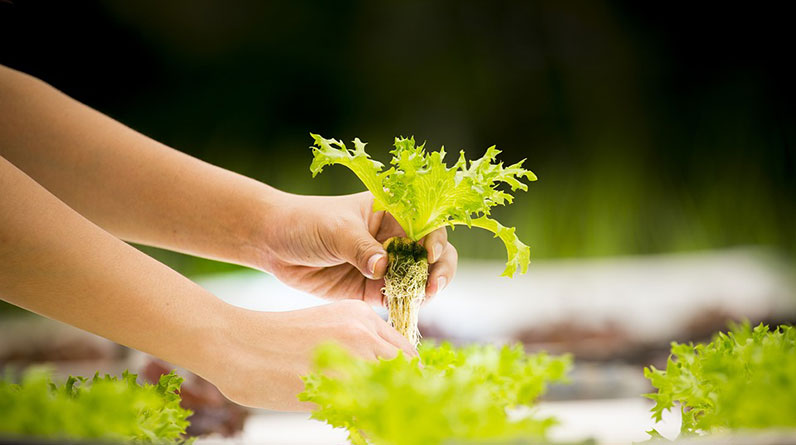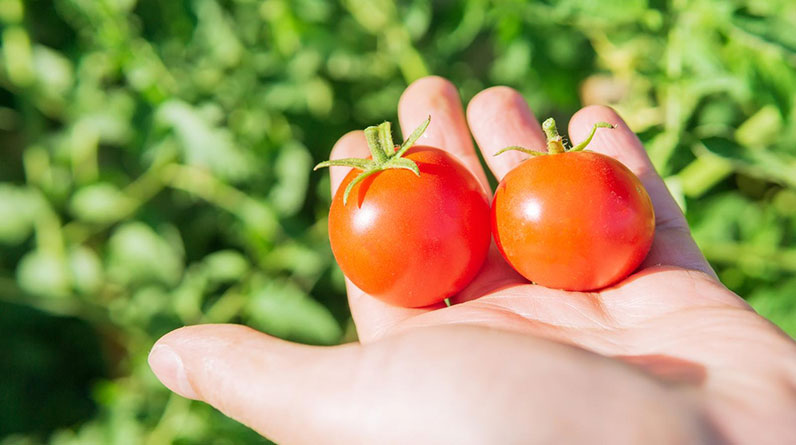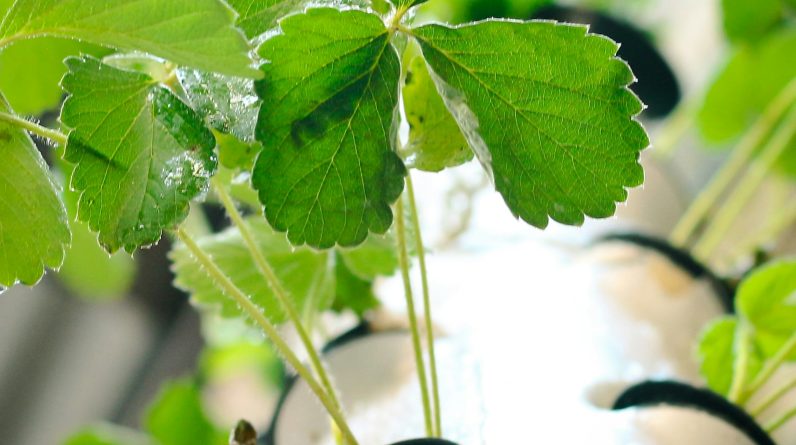
1. Choose the Right Hydroponic System
Understanding Different Hydroponic Setups
One of the foundational steps in creating the best hydroponic setup for 2025 is selecting the right system for your needs. Popular options include Deep Water Culture (DWC), Nutrient Film Technique (NFT), and Ebb and Flow. Each has distinct advantages depending on your space, crop selection, and budget.
For example, DWC is simple to set up and generally yields fast growth, making it popular among beginners. On the other hand, NFT systems work well for leafy greens and require less water, which can be ideal for small spaces or eco-conscious growers. Considering your goals and available resources is critical in choosing the optimal setup.
Research and simulation tools now make it easier to model your ideal setup before investing. In 2025, many growers are leaning towards modular, scalable systems that allow easy expansion as your hydroponic garden grows. Making an informed choice here ensures your setup is sustainable and efficient.
Factors to Consider When Selecting a Hydroponic System
When selecting the best hydroponic setup, think about factors like space constraints, crop variety, and maintenance level. For example, systems like aeroponics use minimal water but require more technical knowledge, while flood-and-drain systems are adaptable but need more space.
Durability and ease of maintenance are also keyâespecially if you’re planning a long-term setup. Look for systems with high-quality materials that resist algae buildup and corrosion. Remember, investing in the right setup saves you time and money in the long run.
Pro tip for 2025: Integrated systems with automation features are trending, providing better control and consistency. This includes automated nutrient dosing and pH balancing, which are vital for robustness and productivity.
2. Use High-Quality Nutrients
Choosing the Best Nutrients for Your Plants
In a top-tier hydroponic setup, the quality of nutrients directly impacts plant health and yield. Opt for organic or mineral-based nutrient solutions designed specifically for hydroponic systems. The best hydroponic setup in 2025 maximizes nutrient uptake through precise formulas tailored for different crops.
Research shows that nutrient solutions with balanced macro and micronutrients lead to faster growth and higher nutritional content. For instance, nitrogen, phosphorus, and potassium ratios should be customized depending on the growth stage of your plants. Investing in high-quality nutrients ensures your plants get everything they need without excess salts or deficiencies.
Many growers now prefer automated nutrient delivery systems that adjust concentrations based on real-time data. This minimizes waste and promotes optimal growth conditions, making your hydroponic setup both efficient and sustainable.
Best Practices for Nutrient Management
Consistent monitoring of pH and electrical conductivity (EC) levels is crucial in a best hydroponic setup. Maintain pH between 5.5 and 6.5 to optimize nutrient availability. Use reliable testing kits or electronic meters for precision.
Feed your plants with nutrients early in the cycle but avoid overfeeding, which can cause root damage and nutrient lockout. Regularly flush your system to prevent buildup of salts and ensure a steady nutrient supply. These practices have become standard in professional setups in 2025, enhancing plant health and yield.
3. Optimize Lighting Conditions
Choosing the Right Grow Lights
Lighting is a critical component of the best hydroponic setup. In 2025, LED grow lights dominate due to their energy efficiency, spectrum control, and longevity. Select lights that provide full-spectrum coverage to mimic natural sunlight, encouraging healthy plant development across all stages.
An optimal distance between lights and plants, typically 12-24 inches depending on wattage, is vital for maximizing photosynthesis without causing heat stress. Many modern setups incorporate adjustable height features for convenience and adaptability. Consider the size of your space and energy costs when choosing lighting options.
Emerging technologies in LED grow lighting include intelligent systems that auto-adjust spectrum and light intensity based on time of day or plant requirements. This ensures your plants get consistent, optimal light exposure, boosting growth in 2025’s best hydroponic setups.
Scheduling and Light Cycles
Efficient light scheduling mimics natural day-night cycles, which benefit plant growth and flowering. Most growers in 2025 use programmable timers to automate lighting, ensuring consistency. Vegetative plants usually thrive under 18-hour light cycles, while flowering requires around 12 hours.
Emerging research suggests that tailored light cycles can enhance flowering and fruiting in certain crops, leading to higher yields in a compact setup. Combining proper lighting with other environmental controls creates a holistic environment for your hydroponic garden.
Monitoring and adjusting light intensity at different growth phases can make a significant difference in results. Investing in smart lighting systems helps simplify this process, which is a hallmark of the best hydroponic setup in 2025.
4. Effective Water Management
Maintaining Clean and Healthy Water
Water quality is at the core of any successful hydroponic setup. In 2025, the best hydroponic systems emphasize filtration and ROI through recirculation. Use high-quality filters to remove debris and pathogens, ensuring your water remains clean and oxygenated.
Regular testing of water pH, EC, and temperature helps preempt issues like nutrient imbalances or root diseases. Incorporate automated sensors to continuously monitor these parameters, making adjustments seamless and reducing manual efforts.
Implementing a water recirculation system conserves resources, cuts costs, and reduces environmental impact. Many growers in 2025 are adopting closed-loop systems, which make water management more sustainable and scalableâessential factors for maximizing productivity.
Best Water Practices for the Best Hydroponic Setup
Use distilled or filtered water as your base to avoid unwanted minerals or contaminants. In larger setups, installation of automatic pH and nutrient dosing units simplifies maintaining ideal conditions. In fact, smart water management is a defining trait of the best hydroponic setup in 2025.
Change water at regular intervals based on crop type and system sizeâtypically every 2-4 weeks. Also, replenish nutrients and flush the system periodically to prevent buildup of salts and pathogens, which can severely impact plant health.
Proper water management extends system longevity, reduces errors, and improves crop yieldsâmaking it a cornerstone of effective hydroponic gardening.
5. Control Temperature and Humidity
Maintaining Optimal Climate Conditions
Temperature and humidity profoundly influence plant growth in hydroponic systems. In 2025, the best hydroponic setup integrates climate control with sensors to maintain ideal conditionsâaround 65-75°F (18-24°C) and 50-70% humidity, depending on your crop.
Overheating or excessive humidity can cause stress and disease, while low humidity may lead to drought stress. Use HVAC systems or portable dehumidifiers and humidifiers as needed. Smart automation keeps the environment within precise ranges, leading to healthier, faster-growing plants.
Research indicates that stable temperature and humidity boost nutrient uptake and plant immunity, making climate control an indispensable part of the best hydroponic setup for 2025.
Managing Seasonal Changes and External Factors
Seasonal shifts can challenge indoor climate stability. The ability to adapt your system with insulation, supplemental heating or cooling, and automated venting is critical. In 2025, most growers rely on IoT-connected climate control units that respond instantly to environmental changes.
Effective management minimizes stress and maximizes yield. Consistently monitoring and adjusting temperature and humidity creates a resilient environment that supports a variety of crops, whether leafy greens or flowering plants.
With advances in sensors and automation, maintaining the perfect climate in your best hydroponic setup has become more accessible and precise than ever.
6. Provide Proper Support and Stability
Ensuring Structural Support for Plants
Healthy plant support is essential to prevent damage and facilitate growth. In the best hydroponic setup, using trellises, cages, or netting helps plants like tomatoes or cucumbers grow vertically, saving space and improving airflow.
Choosing durable, non-toxic materials ensures safety and longevity. For example, stainless steel or sturdy plastic supports are ideal, as they resist corrosion and mold growth. Proper support encourages strong root and stem development, especially in high-density setups typical of 2025 trends.
Placing supports at the right height and adjusting as plants grow prevents bending or breaking, promoting a productive and tidy garden.
Stability for Larger or Heavy Crops
For heavy fruits or larger plants, additional stabilization measures may be needed, such as heavier stakes or reinforced cages. Balancing support with accessibility for maintenance and harvest is vital.
In 2025, smart support systems with adjustable components are gaining popularity. These systems adapt as plants grow, reducing manual labor and improving overall stability.
Investing in secure, scalable support structures is key to creating the best hydroponic setup, especially for those aiming for commercial-scale or high-yield crops.
7. Pest and Disease Prevention
Protecting Your Hydroponic Garden Naturally
Without soil, pests and diseases often occur through water, air, or plant contact. In 2025, integrated pest management (IPM) strategies are vital for the best hydroponic setup. Using beneficial insects, organic sprays, and environmental controls minimizes chemical use.
Regular inspection and sanitation prevent the spread of pathogens. Installing physical barriers like insect screens and ensuring good airflow reduces pest entry points and high humidity-related diseases.
Maintaining a clean system, monitoring plant health, and employing biological controls are proven methods for crop protectionâespecially important for organic growers or those aiming for high-quality produce.
Managing Common Hydroponic Diseases
Root rot, powdery mildew, and fungal infections are common concerns. Preventative measures include proper oxygenation, avoiding water stagnation, and balancing humidity levels. In 2025, UV sterilizers and ozone generators are integrated into advanced systems for extra disease control.
Early detection through regular inspection and using symptom guides helps prevent minor issues from escalating. Quarantining new plants before entry into your main system minimizes disease risk.
Employing a robust pest and disease management plan is foundational for maintaining a healthy, productive best hydroponic setup.
8. Incorporate Monitoring & Automation
Smart Technology for Better Results
Automation is transforming hydroponic gardening in 2025. Using sensors, timers, and controllers allows for real-time monitoring of key parameters â like pH, EC, temperature, humidity, and light. This ensures your best hydroponic setup remains within ideal ranges without constant manual intervention.
Automated nutrient dosing, environmental adjustments, and data logging reduce errors and improve consistency. Many growers are now adopting AI-powered systems that learn and optimize conditions over time, leading to higher yields.
Additionally, cloud-based monitoring apps enable remote control and alerts, making managing your system easier, even from afar. Embracing automation improves efficiency, conserves resources, and increases crop success rates.
Data-Driven Decision Making
Collecting and analyzing environmental data helps identify trends and potential issues early. Implementing dashboards and analytics tools can suggest adjustments to optimize growth conditions in your best hydroponic setup.
In 2025, integrating hardware automation with software solutions has become commonplace, pushing hydroponic gardening to new heights of precision and productivity.
Actionable tips include setting alerts for parameter deviations and maintaining historical data to refine your methods continuously.
9. Regular Maintenance and Cleaning
Keeping Your Hydroponic System in Top Condition
Preventative maintenance is key to sustaining a great hydroponic setup. Regular cleaning of tanks, lines, and reservoirs prevents the buildup of algae, salts, and pathogens. In 2025, many growers use automated cleaning protocols that save time and ensure consistent performance.
Check pumps, air stones, and filters frequently to identify wear and replace parts as needed. Maintaining a schedule for nutrient solution changes and system sterilization extends equipment lifespan and promotes plant health.
Always keep detailed logs of maintenance activities to catch recurring issues early and optimize your setupâs efficiency over time. A well-maintained system minimizes downtimes and maximizes yields.
Best Practices for Long-Term Success
Implement cleaning routines at least once every 2-4 weeks, depending on system use and crop type. Use eco-friendly cleaning solutions and rinse thoroughly to avoid chemical residues. In 2025, smart cleaning systems are emerging, automating parts of this process.
Keep spare parts handyâsuch as pumps, tubing, and filtersâto quickly address technical problems. Regular maintenance is not just about cleaning; it’s about proactive care for your setup, ensuring it remains the best hydroponic setup possible.
10. Stay Up-to-Date with Trends and Technology
Continuous Learning and Innovation
The hydroponic industry evolves rapidly, and staying informed ensures your setup remains optimal. In 2025, technological advancements like AI, IoT, and new crop varieties are shaping the future of hydroponic gardening.
Follow industry blogs, attend webinars, and join local or online grower communities. Experimenting with innovative approaches and integrating new gear can elevate your best hydroponic setup to new levels of productivity and sustainability.
Investing in educationâthrough courses or mentorshipâcan significantly impact your success. As the gardening landscape evolves, adaptable growers will thrive with the latest information and tools.
Adapting to Market and Environmental Changes
Global trends towards sustainability mean that resource-efficient methods, renewable energy integration, and eco-friendly materials are more vital than ever. Embracing these trends in your setup ensures resilience and compliance with future standards.
In 2025, technology enables remote monitoring and control, supporting a more flexible approach to hydroponic gardening. Staying current helps you anticipate shifts and capitalize on emerging opportunities.
Remember: the best hydroponic setup is constantly improving. Keep learning and adapting to ensure maximum productivity, profitability, and environmental responsibility.
Frequently Asked Questions
1. What is the best hydroponic setup for beginners in 2025?
The most popular choice for beginners in 2025 is a simple Deep Water Culture (DWC) system paired with automated monitoring. Itâs affordable, easy to maintain, and highly productive.


